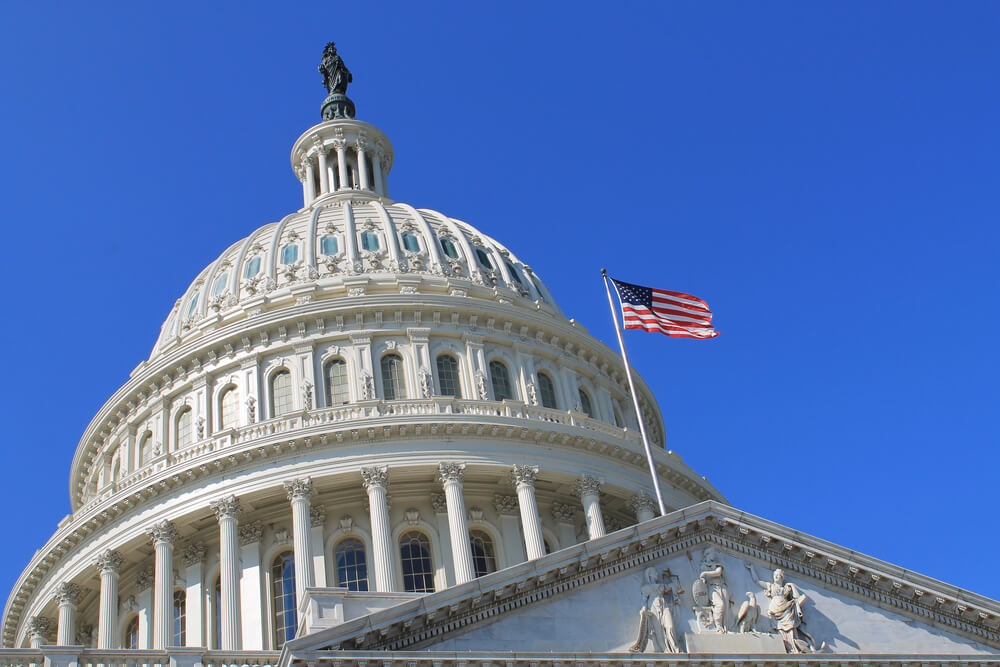
The Federal Reserve’s plan to hike interest rates starting in March could prove problematic for the trucking industry.
Tasked with combating 40-year high inflation, Fed Chairman Jerome Powell recently indicated the central bank was prepared to hike interest rates at its March 15-16 gathering. Expectations are that The Fed will roll out increases much more quickly than it has during the last 10 years.
“This is going to be a year in which we move steadily away from the very highly accommodative monetary policy that we put in place to deal with the economic effects of the pandemic,” Powell reportedly said. “I don’t think it’s possible to say exactly how this is going to go. I think there’s quite a bit of room to raise interest rates without threatening the labor market.”
But in late 2016, The Fed agreed to amp up rates by a quarter percentage point. The move reportedly rippled across the freight hauling industry. At the time, Fleet Advantage CFO Brian Holland went on the record indicating higher interest rates have historically been bad for business. Logistics experts such as ACT Research economist Jim Meil echoed those sentiments.
“The pattern in the past has been for the Federal Reserve to launch a series of rate increases, usually to combat inflation,” Meil reportedly said. “This would raise the cost of capital.”
The consequences of The Fed raising rates are likely to cut off access to affordable borrowing. Potential owner-operators can anticipate higher interest loans for commercial motor vehicles and equipment. Fleet operators can expect the cost of loans and Class 8 vehicles will also rise.
“Too many interest rate hikes in an already slow economy will roll over freight markets and damage fleet finances faster than would occur in a healthier economic environment where freight growth and trucker profitability were strong,” ACT’s Kenny Vieth reportedly said prior to the 2016 rate hike.
During the Trump Administration, the White House sparred with Powell and his belief raising rates would steady the economic recovery. Ultimately, The Fed reversed its policy because the economic growth was more fragile than policy-makers realized. By 2020, the central bank slashed interest rates to nearly zero as the country faced uncertainty during the height of the pandemic.
From The Fed’s perspective, economic headwinds have been met thresholds to warrant rate increases. Consumer prices ticked up by 5.7 percent in November over the previous year. Monetary policy leaders also seem to believe less access to inexpensive borrowing will curb the highest inflation in 40 years. In terms of criticism, it was The Fed that previously claimed the current inflation was only “transitory.”
While it may be true that unemployment levels are dwindling back to pre-pandemic levels, the trucking industry continues to deal with more than its fair share of adversity. Diesel costs are on the rise, and the price of new and used semi-trucks has skyrocketed. From its lofty federal window, interest rate increases may buoy certain sectors. But from the tires on the highway view, things are about to get even more expensive for owner-operators and fleet operations.
Sources: wsj.com, fleetowner.com, truckinginfo.com, fleetadvantage.com











Read: We don’t know what the f**k will happen. Our crystal ball appears to have been broken for several years.
Oh they know what they’re doing. The destruction is intentional.
How dare you people think that you should be in control of your own country.
HOW DARE YOU
Truth is we are overdue for a prolonged recession but that’s a good thing as recession corrects “Mal-Investment” and breaks the backs of speculators sucking up excess capital.
Truthfully I don’t think mealy mouthed efforts such as 25/50 bps is enough.
With inflation exceeding 7% an interest rate of 8% be required just to tame it.
In reality we need afew years of double digit interest rates similar to Paul Volker back in the early 1980s to “correct” this mess and get back to normal.